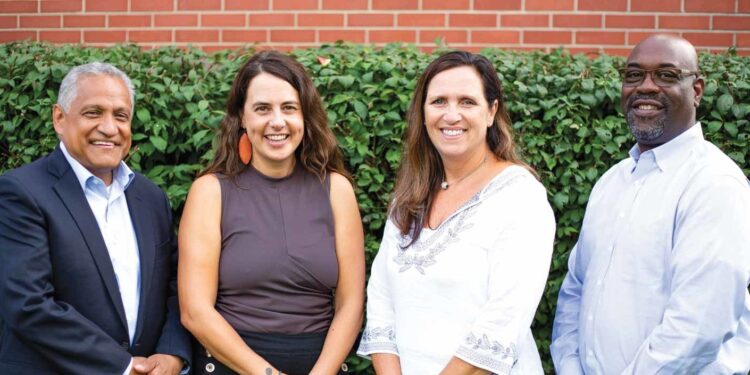A new strategic innovation plan at the YMCA of Greater Cincinnati is building inclusive and joyful environments where individuals reach goals, make friends and connect to a cause greater than themselves.
The YMCA movement has been in existence worldwide for more than 175 years. During that time, it has adapted to change and transformed itself many times over. But what hasn’t changed is the Y’s commitment to being in the people business.
Currently, Ys across the nation are doubling down on their strategic approaches to a healthy spirit, mind and body for all. And leading this effort — with a unique approach — is the YMCA of Greater Cincinnati.
Journey to the Y
The Cincinnati Y has been in service for more than 160 years and currently operates 10 family branches, one community impact center, four stand-alone preschools and one overnight camp across the Greater Cincinnati and Northern Kentucky region. It’s led by Jorge Perez, the president and CEO.
Before coming to the Y, Perez began his career in education but said he quickly realized the kids he was working with in the urban core needed more than math and English; they needed to be developed at the community level. “Recreation became a big part of that — learning through play,” said Perez. “I connected with the Y frequently through that work and ended up switching employers to make a larger impact as a Y staff member. Ultimately, I discovered the Y develops all people — not just kids — and I knew that was a mission I wanted to be part of for life.”
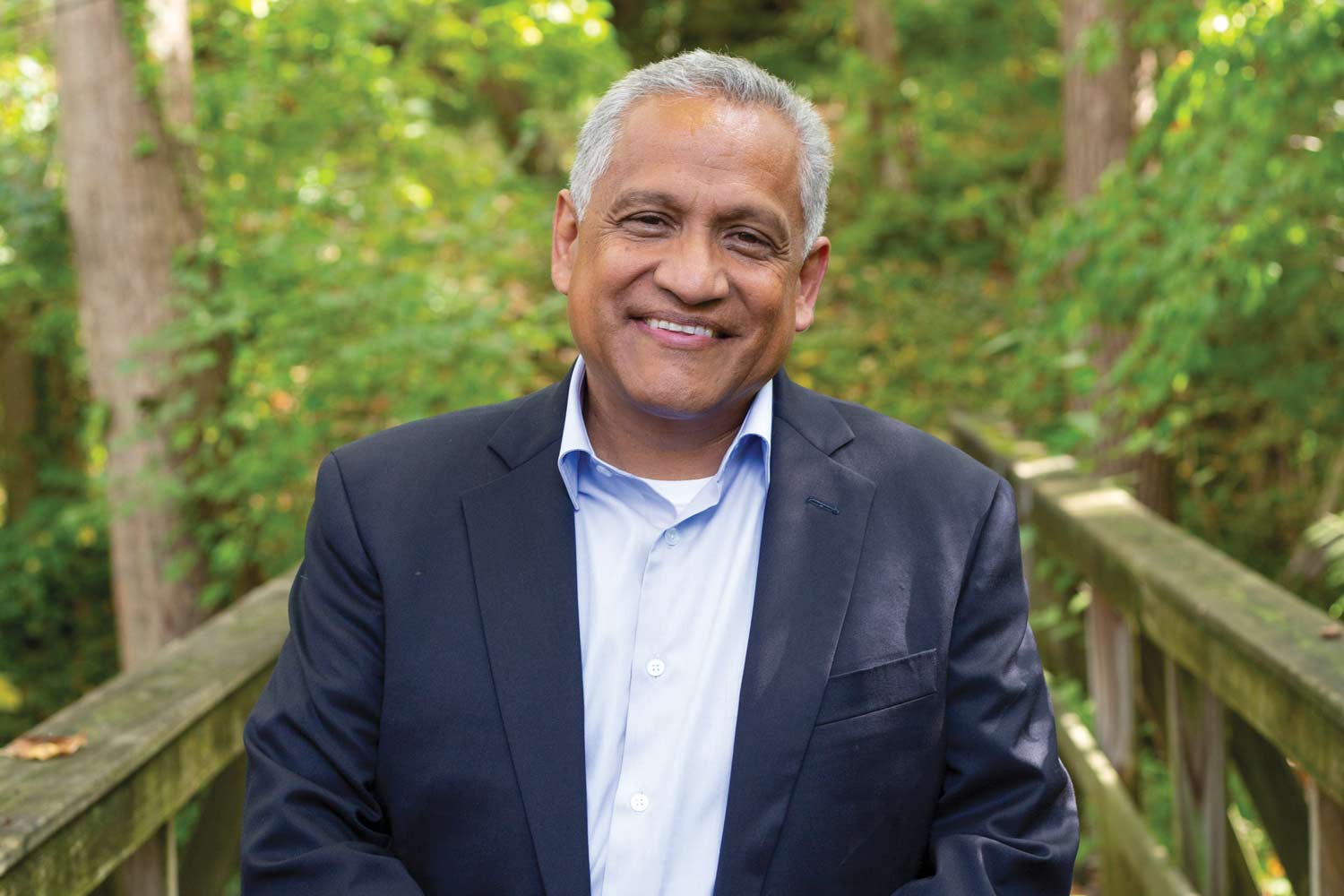
Wanting to expand his focus beyond youth while connecting with a Y that did not shy away from human development, Perez said coming to Cincinnati as a CEO was a turning point in his career. “In my interview, I talked about ways I would work to transform the lives of people,” he said. “Yes, we sell memberships, camps and so forth, but we are fundamentally working on human development and are dedicated to transforming lives.”
Perez added the board and staff in Cincinnati were already doing amazing work in these areas and he was excited to not only be a part of it but expand it — which is exactly what the Y is most focused on now: a new strategic plan.
The New Strategic Innovation Plan
Before January 2021, Kate Hanisian, the chief learning officer at the Cincinnati Y, worked for 12 years at Design Impact, a social innovation firm she cofounded. During this time, the firm was working on a project for the Y, which led her to meeting Perez. Already considering a career change to be able to make a larger community impact through her work, Hanisian took a contracted job with the Cincinnati Y from January to June 2021, then started working full-time in June. Her first assigned project was the Y’s new strategic plan.
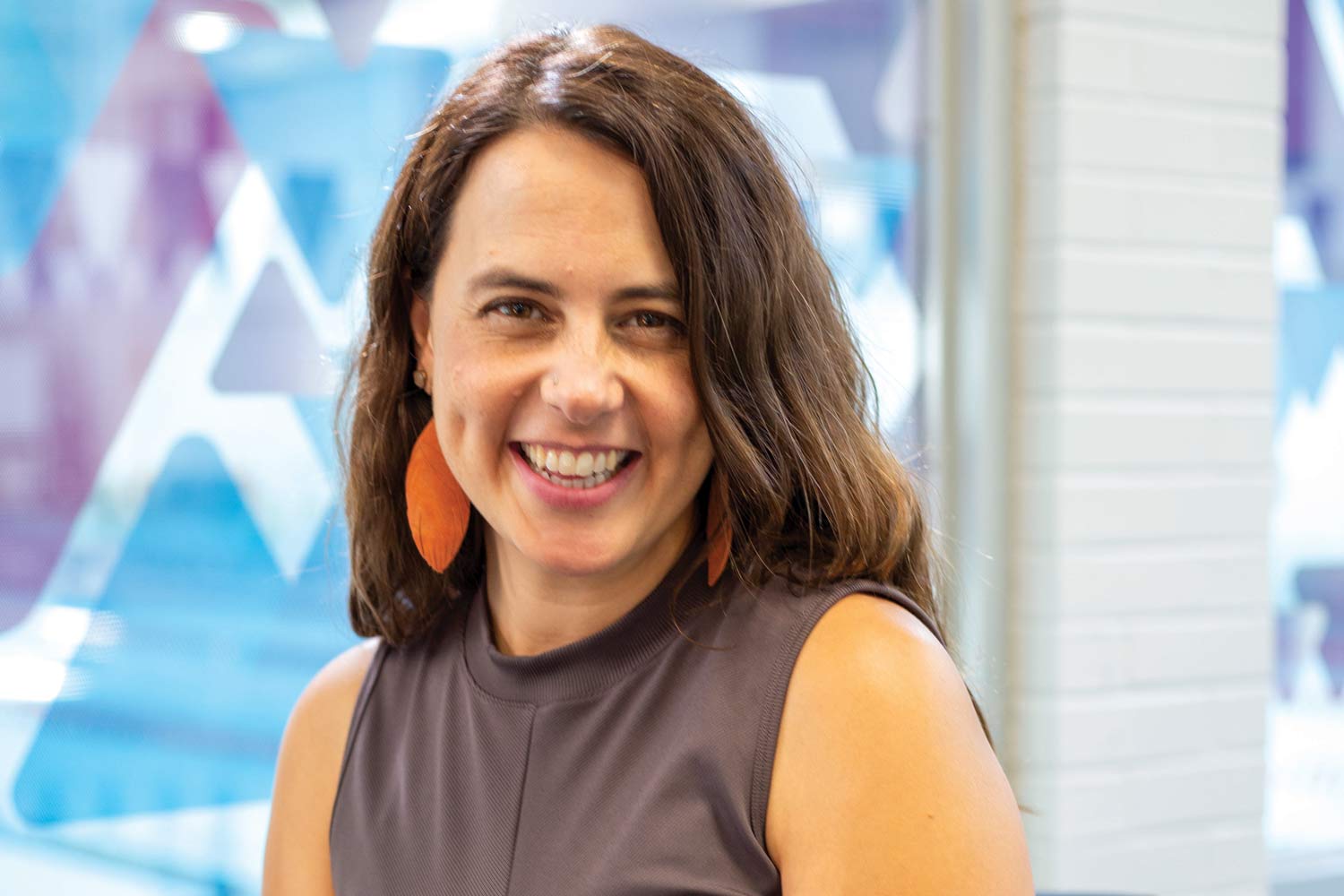
Hanisian shared the strategic innovation planning process took place from January to September and applied a four-phased approach:
- Vision and Alignment
- Discovery
- Synthesis
- Design
During the first phase, Hanisian worked with the Y to regroup and develop the vision that would guide this work. “When I came, there was a very traditional structure for a strategic planning process,” she said. “There was a board and then there was a committee of the board and then there was a steering committee which was half-staff and half-board, but even the people on that steering committee were C-Suite level staff. So I asked, ‘Where are the people at the ground, our people who work at the branches?’”
This led to the creation of a core team that consisted of branch staff. “That was who I did most of the work with, so we started with the core team and then we would work up versus coming top down from the board,” added Hanisian.
The result of Phase One concluded with the vision: Build inclusive and joyful environments where individuals reach goals, make friends and connect to a cause greater than themselves.
During the next phase — the discovery phase — staff and board members were trained to hold focus groups across the association. Hanisian said the main differentiator was instead of asking questions specifically about the Y, they didn’t mention the Y at all, and even added individuals into the groups that were non-members. Some of the prompts included:
- I feel like I belong when…
- I experience joy…
- My ideal community feels/looks like…
“The special part about these focus groups was the fact they were in person,” elaborated Hanisian. “They weren’t on the phone or over Zoom. Being in person made it more authentic and showed we were taking it seriously.”
After collecting this data, the core team got together and entered the synthesis phase where they generated the top eight themes from the research, then organized them into three larger themes:
- Evolve the organizational structure and culture.
- Center inclusion and belonging.
- Elevate innovation, learning and joy.
Lastly, the Cincinnati Y entered the design phase — what Hanisian called their incremental innovation. Depicted as a mountain, at the bottom are the six success indicators and foundation of a functioning Y. At the very top is the Y’s transformational vision from Phase One. To get to the top, the Y plans to utilize the three larger themes developed from the discover and synthesis phases. Those are then filtered through what the Y does best: memberships and programs.
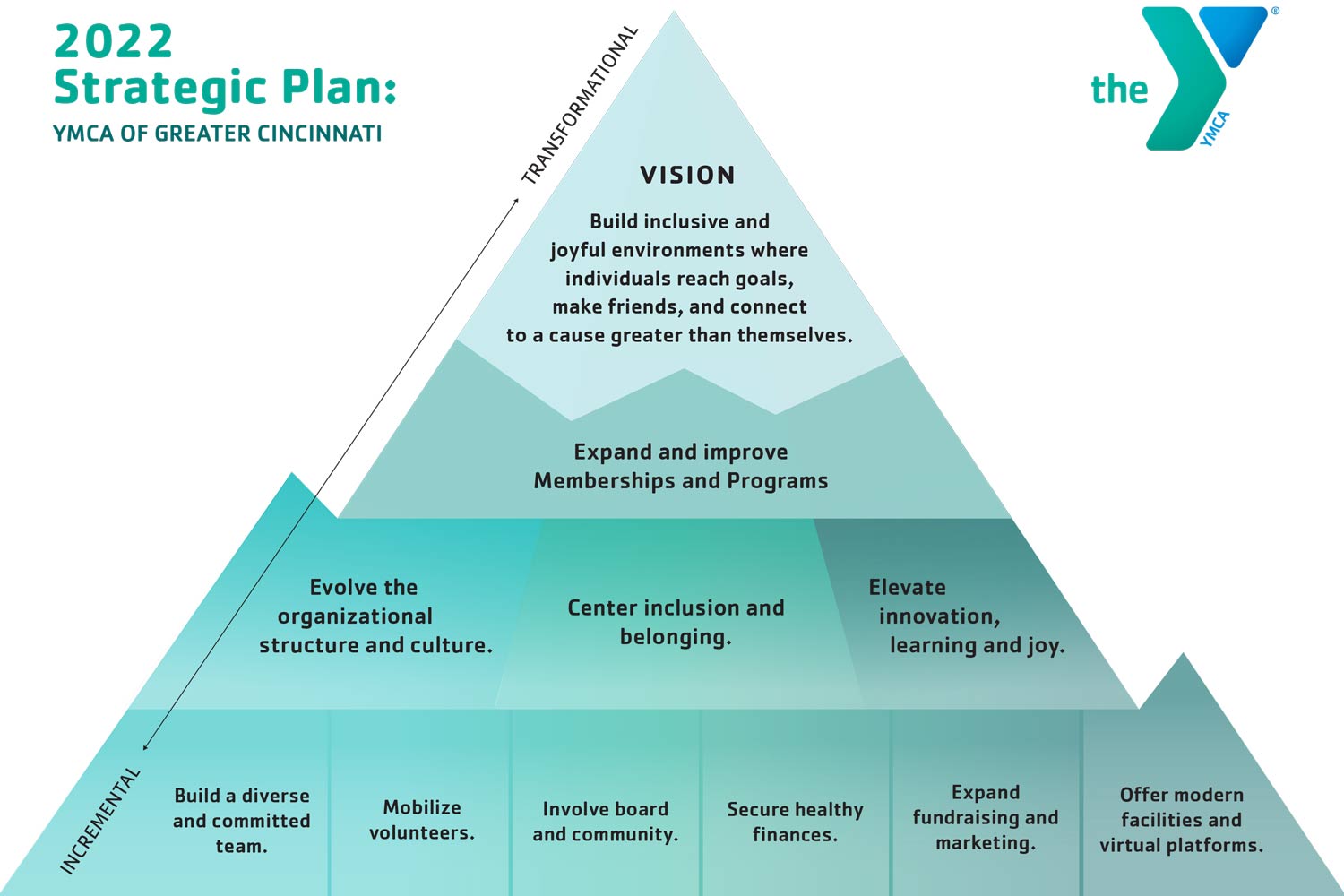
“It’s a lot about changing who we are, how we exist with one another and how we become a learning organization,” said Hanisian.
Uniquely, the Cincinnati Y didn’t stop there. The team went back out to every region and corner of the YMCA of Greater Cincinnati association to ask what they thought of the plan they put together. They engaged staff and board members along the way, asking where it was right or wrong. Then they set SMARTIE goals for getting measurements, adding “IE” to continue to weave inclusive and equitable into all they do — including goal setting.
From input gathered, the team developed a number of strategies and measurable goals the Y will use to guide the implementation of the plan. At the center is a focus on creating inclusive spaces where joy can flourish.
Creating Spaces for the Community
Within the last year, the Y has reimagined its physical spaces. Welcome desks are smaller to allow for more gathering space in the lobbies. Multi-purpose spaces have been developed and paired with supporting technology so community members can work from the Y or host meetings. Open coffee spaces are also provided with plenty of room for catching up with other members over a mid-morning donut.
Learn More: Tips for updating your facility.
Aside from visible spaces, staff also strive to create opportunities for people to build relationships with one another, all while achieving their goals. Perez shared one of the ways this has come about is through a change to the staff structure itself.
“Instead of having membership, group exercise or wellness directors, we now have transformational directors and small group directors,” said Perez. “It’s not just a simple slight change of titles. We went through the entire job description and said to the transformational directors, ‘Your job is to help people transform. Create environments in spaces where people become better in spirit, mind and body.’ To the small group directors we said, ‘Your job is to get as many of our members in small groups as possible. That includes fitness classes or drinking coffee at the front desk.’ My hope is the individuals themselves begin to look for these types of opportunities in our facilities.”
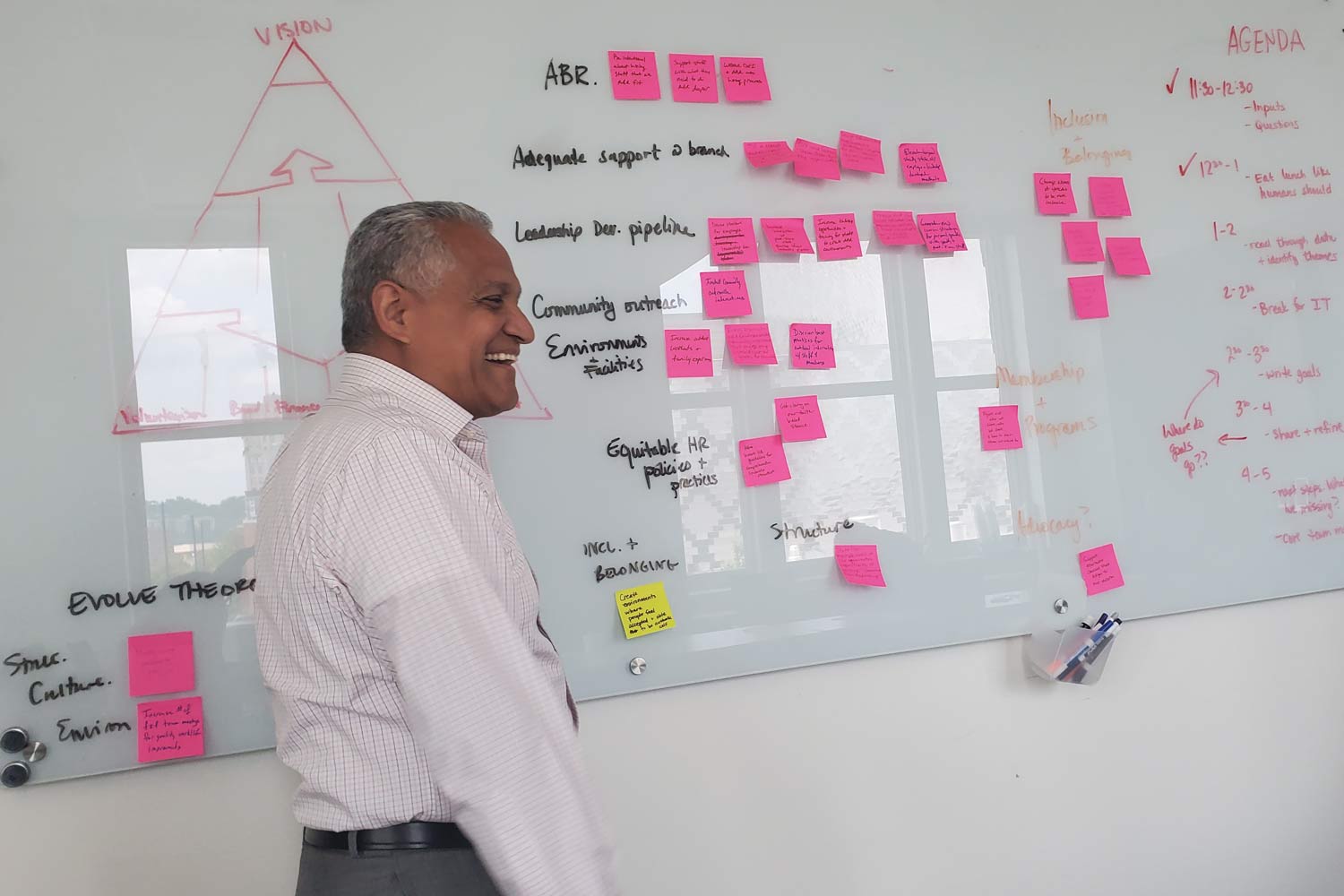
In addition to this structure, Perez shared the Y also has three overarching expectations of staff: achievement, relationship and belonging — three aspects that play a key role in the vision of the new strategic plan. “We believe human beings have to achieve goals,” he said. “This is why we display our diplomas and trophies, because we’re all about achievement. We’re also about connections and relationships, which became very difficult during COVID-19. And then belonging — how we are creating spaces that encourage contribution and engagement by members. Long term my hope is people join the Y thinking what they want is to lose 10 pounds, and then say, ‘I joined to get physically fit, but I’ve made some of my best friends there.’”
And lastly, because COVID-19 affected the ability to have these spaces that encouraged contribution and engagement, not only for members but also for staff, Perez shared a phrase they use at the Cincinnati Y: transformed people transform people.
“If we’re going to help people transform, then we have to be on a transformational journey ourselves,” said Perez. “So when we talk about member challenges and fitness, when we talk about achievement, relationship and belonging, we spend a lot of time making sure that also applies to us.”
Finding Achievement, Relationship and Belonging
While the Cincinnati Y has been talking about achievement, relationship and belonging for some time now, Perez emphasized the new strategic plan provided direction on how to supercharge it.
“Our new strategic plan lays out the vision of the organization,” said Perez. “My hope is this journey moves us from a place where people work out and buy fitness to a place where people find joy and happiness; where they find achievement, relationship and belonging.”

Perez added the Y isn’t there yet, and while COVID-19 certainly played a role in this, it also magnified the need for it. “There is no question now in our mind — and hearts and minds of people — that we need each other,” he said. “YMCAs around the nation are rediscovering this too, that there is an awakening around achievement, relationship and belonging. This is the story of the Y movement, and the YMCA is being reminded once again why it is so much more than a fitness center — it’s a center of community — and the YMCA in Cincinnati just happened to have been moving in that direction already.”
Hanisian echoed Perez, emphasizing community centers already have what they need to provide a sense of community. They just need to own it. “It’s cool to be in community, and we’re going to reclaim that,” she said. “For a long time, we’ve tried to fund individual services and programs when instead we have this opportunity for whole communities of people to belong to something bigger than themselves.”
While Perez has a unique journey to the Cincinnati Y, Hanisian has a unique story to tell, too. She said even though she had been a Y member before, she never realized how deep a community could go and how she could help grow it. “I don’t think I realized the potential for change that was in the recreation model, and I think when you start with joy — with creation and connection as the starting point for inclusion — it changes the nature of the conversation,” she said. “And so that’s another reason to start with joy.”
Hear more from Jorge Perez on the Causenetic Podcast, where he and hosts Keith Vinson and Rodrigua Ross of the YMCA of Metropolitan Dallas, discuss how a new strategic innovation plan is building inclusive and joyful environments in Cincinnati. Listen to the episode on Spotify or YouTube.
Photos by Heather Hartmann.


